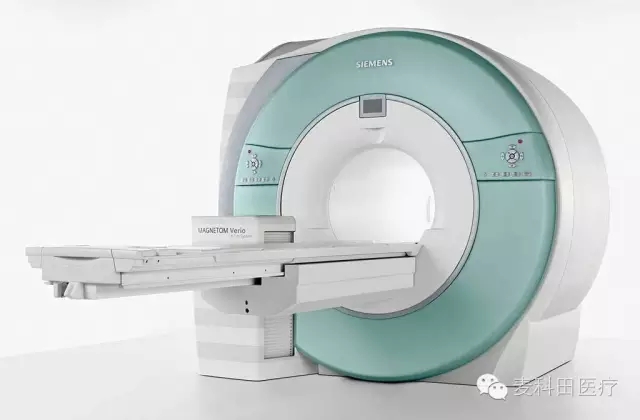The medical industry has long encountered the challenge of massive data and unstructured data. In recent years, many countries are actively promoting the development of medical informatization , which has enabled many medical institutions to have funds for big data analysis. Therefore, the medical industry will first enter the era of big data with the banking, telecommunications, insurance and other industries.
This article lists 15 applications in the five major areas of the medical services industry (clinical business, payment/pricing, research and development, new business models, public health). In these scenarios, the analysis and application of big data will play a huge role. Improve medical efficiency and medical results.
First, clinical operation
In terms of clinical operations, there are five major scenarios for big data applications. McKinsey estimates that if these applications are fully adopted, the United States alone will reduce medical health spending by $16.5 billion a year.
1. Comparative effect study
By comprehensively analyzing patient characterization data and efficacy data, and then comparing the effectiveness of multiple interventions, the best treatment avenues for specific patients can be found. Efficacy-based studies include Comparative Effectiveness Research (CER). Studies have shown that for the same patient, the medical service providers are different, the medical care methods and effects are different, and the cost is also very different. Accurate analysis of large data sets including patient vital data, cost data, and efficacy data can help doctors determine the most effective and cost-effective treatments in the clinic. Achieving CERs in a medical care system will likely reduce over-treatment (such as avoiding treatments where side effects are more effective than treatment) and under-treatment. In the long run, both over-treatment and under-treatment will have a negative impact on the patient's body and higher medical costs.

Many medical institutions around the world (such as NICE in the UK, IQWIG in Germany, and general drug inspection agencies in Canada) have started the CER project and achieved initial success. In 2009, the Recovery and Reinvestment Act passed by the United States was the first step in this direction. Under this Act, the Federal Effect Committee established the Comparative Effects Study to coordinate the study of the comparative effects of the entire federal government and allocate funds for $400 million. The investment is going to be successful, and there are a lot of potential problems to be solved, such as the consistency of clinical data and insurance data. Currently, in the absence of EHR (Electronic Health Archives) standards and interoperability, large-scale rush deployment EHR can make it difficult to integrate different data sets. Another example is the patient privacy issue. It is not easy to provide sufficient detailed data to ensure the validity of the analysis results while protecting the patient's privacy. There are also some institutional issues, such as current US law prohibiting health care institutions and Centers for Medicare and Medicaid Services (medical service payers) using cost/benefit ratios to make reimbursement decisions, so even if they pass big data analysis Finding a better way is also difficult to implement.
2. Clinical decision support system
The clinical decision support system can improve work efficiency and quality of diagnosis and treatment. The current clinical decision support system analyzes the entries entered by doctors and compares them to medical guidelines to alert doctors to prevent potential errors, such as adverse drug reactions. By deploying these systems, healthcare providers can reduce the number of medical incidents and claims, especially those caused by clinical errors. In the US Metropolitan Pediatric Critical Care Unit study, the clinical decision support system cut the number of adverse drug reactions by 40% within two months.
Big data analytics technology will make the clinical decision support system smarter, thanks to the growing ability to analyze unstructured data. For example, image analysis and recognition techniques can be used to identify medical images (X-ray, CT, MRI) data, or to mine medical literature data to create a medical expert database (as IBM Watson does) to give doctors advice. In addition, the clinical decision support system can also allow most of the workflow in the medical process to flow to caregivers and assistant doctors, so that doctors can be freed from simple and long-term consultation work, thus improving treatment efficiency.
Halloween Gummies,Halloween Gummy Candy,Halloween Gummy Worms,Jelly Halloween Gummy
Montreal Shantou Food Co., Ltd , https://www.montrealsnack.com